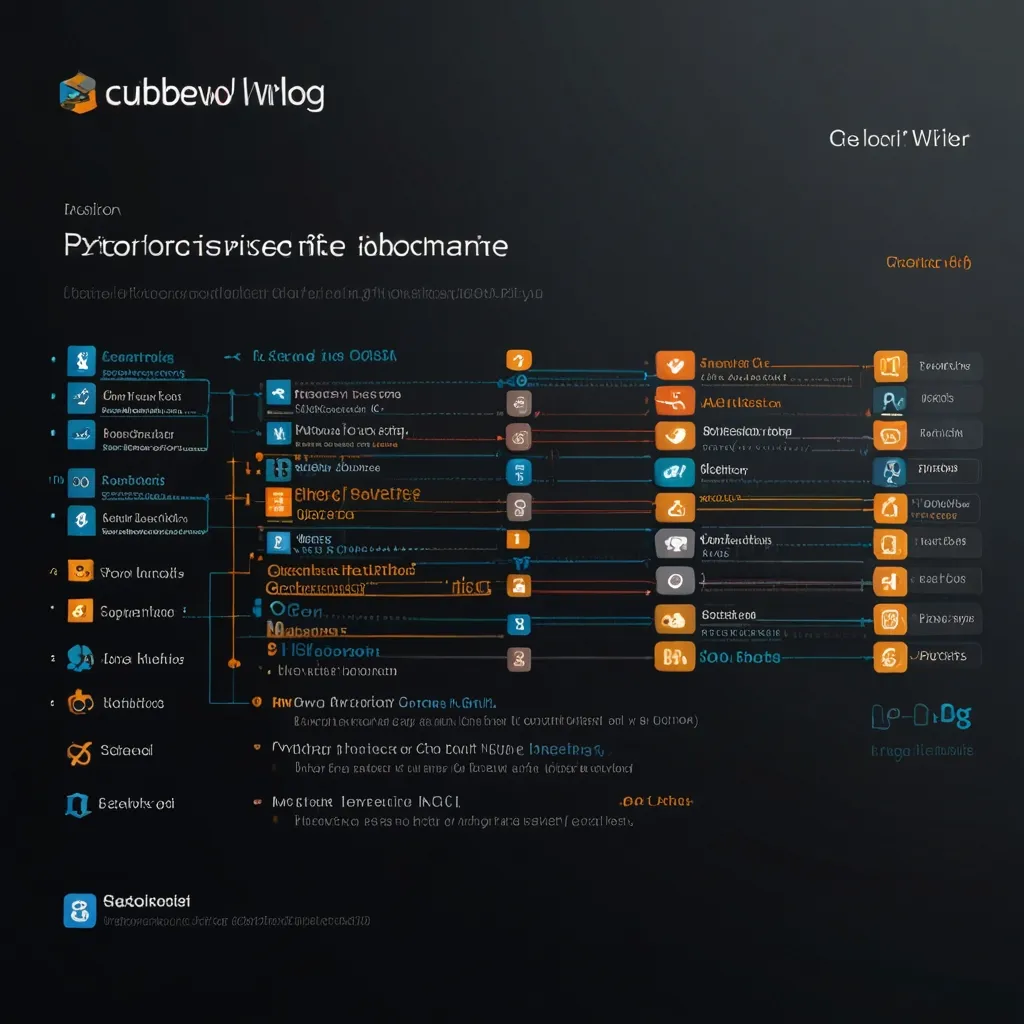Let me take you on an adventure through the mysterious yet fascinating world of software testing in C. Ah, the artistry of writing, compiling, and testing C code! It’s like crafting a complex puzzle where every piece should fit neatly into its destined place. Today, let’s dive into creating a cheat sheet for Criterion, a cross-platform, multi-threaded test runner for C. Buckle up, because we’re about to make your testing life a whole lot easier.
Imagine you’re a young child again, building blocks scattered around you, each labeled with complex algorithms instead of colorful letters. Criterion is like your personal construction manual, helping you piece together the chaos into a tidy structure. There’s nothing quite like the feeling of executing a flawless test suite; Criterion aims to bring that satisfaction to your coding life.
Okay, let’s decode Criterion. Think of it like a trustworthy guide that helps ensure your software reliably runs over fuzzy logic and intricate algorithms. Criterion stands apart because it’s cross-platform and offers multi-threaded testing, meaning you can test more efficiently across different platforms. A neat little bonus, especially if you have a fleet of different systems under your command. The bonus cherry on top? No need to worry about linking the test framework with your project. Criterion takes care of this for you, like an invisible helper guiding you through the woods where there might be bugs lurking.
Starting with Criterion is smooth. Much like opening a brand-new puzzle box, you’re greeted with all the pieces you need. All you need is a working installation of CMake and of course, your trusty C compiler. You start by installing Criterion using your package manager, which is akin to placing the first block on your structure. The next steps involve a pinch of coding magic: write your test cases and Criterion takes over, helping align everything into a fine-tuned testing machine.
Now onto the fun part: writing those test cases. It’s a bit like crafting miniature stories for each of your code’s functions. You start each tale with Test(Module, Name), just like setting the stage for a grand play. You place all your hopes in the cr_assert and cr_expect functions; they’re like your critique applauding or booing at each act, checking if everything performs as expected or if there is room for improvement. Write your tales well, as Criterion will demand nothing but thoroughness in your narratives.
Who doesn’t love personal examples? Let’s say you’re testing a simple function named add_numbers. Your Criterion code would look something like this:
#include <criterion/criterion.h>
int add_numbers(int a, int b) {
return a + b;
}
Test(math, addition) {
cr_assert(add_numbers(2, 3) == 5, "2 + 3 should equal 5");
}
Simple, right? A straightforward story where two numbers walk into a function and magically unite into a sum. Criterion watches eagerly, ready to nod approvingly if everything checks out.
The real charm lies in Criterion’s multi-threading feature. For those of you who love multitasking or, like a chef, having many pots boiling at once, this feature is a game-changer. It slices through test cases faster than a hot knife through butter, without stopping the world like those cumbersome single-threaded operators.
But here’s another brilliant catch, intertwined in this sweet tale of code testing: Criterion provides detailed, colorful reports! Imagine after hours of building and perfecting your code castle, you receive a vibrant, actionable report on how every single block performed under pressure. The satisfaction of seeing what failed (and why) in eye-catching colors is unbeatable. It flags the problematic pieces, helping you zero in on mistakes with surgical precision.
And don’t get me started on its user-friendly command line interface. Launching tests becomes a breeze, like flipping pancakes on Sunday morning. It lets you select specific test suites or individual tests to run, making it extremely handy for debugging specific sections without wading through the entire pot.
Now, let’s talk cross-platform magic. Criterion nimbly supports multiple development environments: Windows, macOS, and Linux lay down a welcoming red carpet. You are no longer tied down to just one system; Criterion accompanies you wherever your development journey leads. Whether you’re writing with the fresh ocean breeze next to your MacBook or intently focused amid the Linux clutter, Criterion’s got your back.
As developers, we often forget that testing is as much of an art as coding itself. It’s the ability to craft reliable systems by predicting the unpredictable. With Criterion, testing becomes less of a chore and more an integral, engaging part of the development lifecycle. Imagine having the confidence of starting your grand build with the backing of a competent safety net.
If you’re dabbling across other languages like Python, Java, or JavaScript, you’ll appreciate Criterion’s nod to simplicity. It mirrors the comprehensive frameworks you’ve come to love in those languages without adopting unnecessary complexity. It’s as if Criterion understands your testing needs before you do, allowing you to focus on creating head-turning code features rather than fixing tedious glitches.
In the end, Criterion emerges as more than just a test runner. It becomes your companion, your ever-watchful ally, making sure nothing slips through the cracks—guiding your code to glorious triumph. Consider it a warm recommendation from one coding traveler to another: Wrap your towering code structures in Criterion’s safe embrace and test onward with glee!






